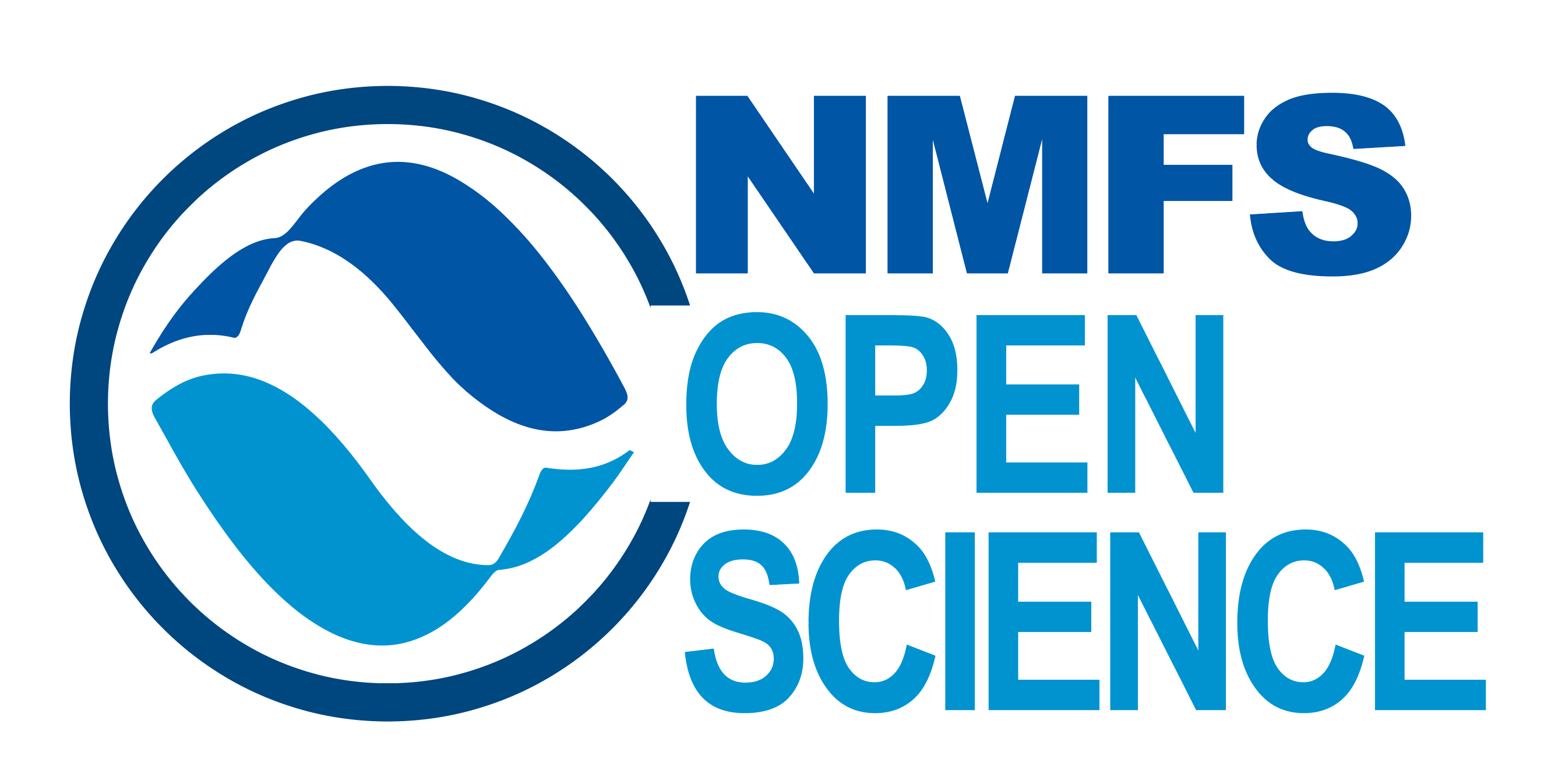Static pages
title page
If you have a static LaTeX title page, you can pass in
titlepage: your_titlepage.texThe file should contain only the TeX for the title page. Its contents will be input as follows
\begin{titlepage}
\input{your_titlepage.tex}
\end{titlepage}Note because the \input{} call happens after the Pandoc template code is evaluated, this file must be a static tex file with no Pandoc meta variables.
Cover page
Similarly, if you have a static LaTeX cover page, then pass in
coverpage: your_coverpage.texThe file should contain only the TeX for the title page. Its contents will be input as
\begin{titlepage}
\input{your_coverpage.tex}
\clearpage
...
\end{titlepage}Static cover page and title page
In this case, another option is to pass in none for titlepage and coverpage and then pass in titlepage-include.file. The format section of your yaml will look like this:
format:
titlepage-pdf:
documentclass: scrbook
classoption: ["oneside", "open=any"]
number-sections: true
titlepage: "none"
coverpage: "none"
titlepage-include-file:
- your_coverpage.tex
- your_titlepage.texCopyright, dedication and other static pages
You can include the dynamically created title page and cover page along with static pages. In this case the static pages appear after the title page or after the cover page. The quarto_titlepages repository has examples of these pages in the tex folder. You can include as many raw tex files for your frontmatter as you need.
Here a copyright page appears after the cover page and the dedication and a picture appear after the title page.
format:
titlepage-pdf:
documentclass: scrbook
classoption: ["oneside", "open=any"]
number-sections: true
titlepage: "vline"
coverpage: "otter"
coverpage-include-file:
- tex/copyright.tex
titlepage-include-file:
- tex/dedication.tex
- tex/prettypicture.texA \clearpage command is issued after each tex file is input. To prevent page numbers, use \thispagestyle{empty} in the static tex files.
